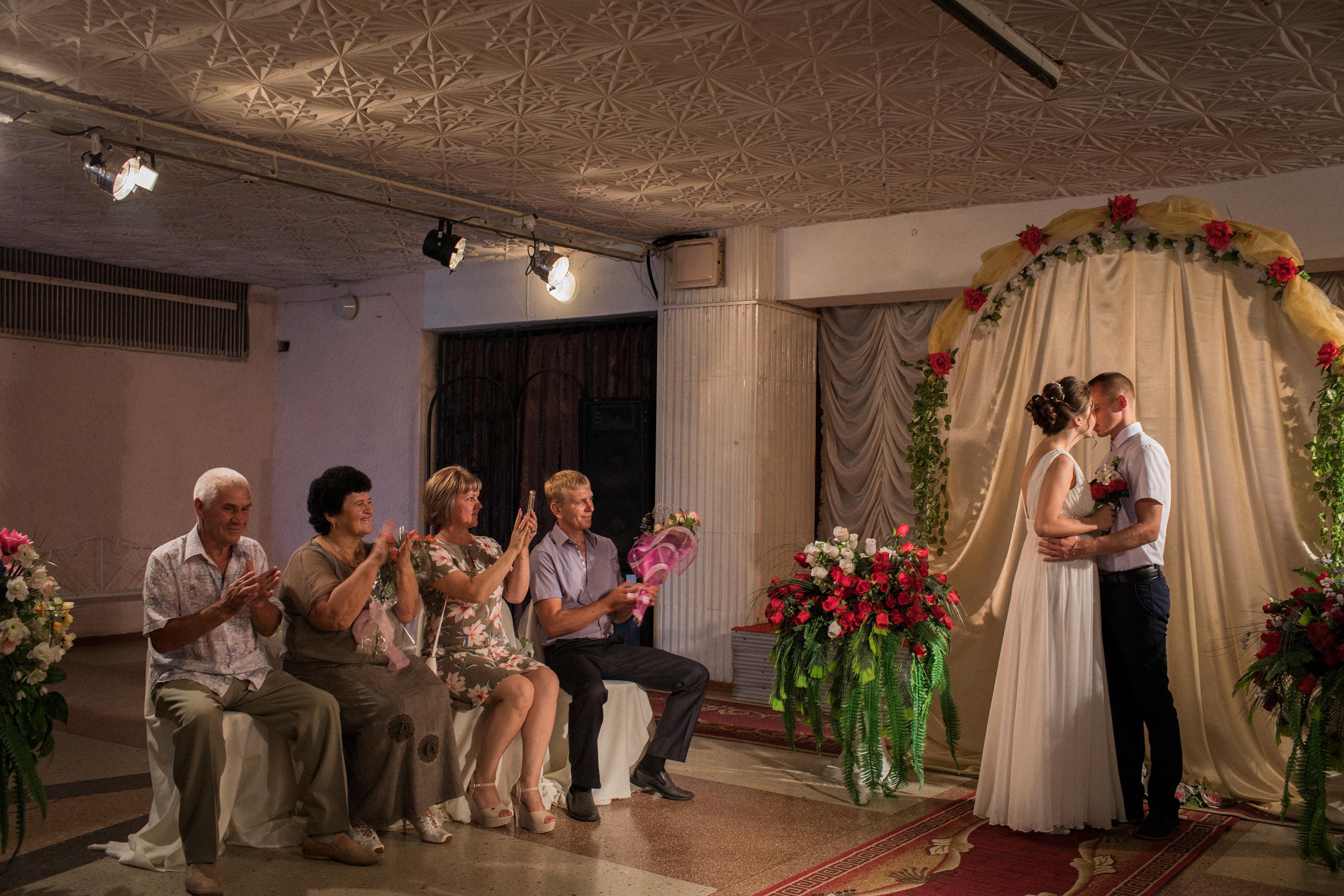When Alina and Igor Leschina decided to marry this summer in Avdeevka, an industrial city in eastern Ukraine, they had two venue options: the local registry office with two small, dark rooms in a building that had been shelled, or the community center down the street. In the end, they chose the center—generally considered a more pleasant venue, despite being next to a minefield. After signing their marriage certificate, the bride and groom bowed to their parents.
“Now that you are married to each other, don’t forget to call your parents,” said the registrar who married them, “and come to visit them.” That simple advice to the newlyweds, the kind that most newlyweds elsewhere may receive, was also a reminder that in these frontline areas of a war that has simmered for years, many young people still leave for safer places while their parents stay behind.
It has been more than four years since the war in Ukraine began, and nothing spectacular is happening anymore. The frontline is static and life around it is pretty normal—or so it seems. People in conflict zones get used to danger. Like everywhere else, they work, cook, have fun, fall in love, get married and raise children. Being from Donetsk myself, I have gradually learned that war is experienced in small everyday details, rather than in epic scenes of destruction. As my normal life collapsed in the first few months of the conflict, I felt panic, fear, hatred. Since then, I’ve adjusted.
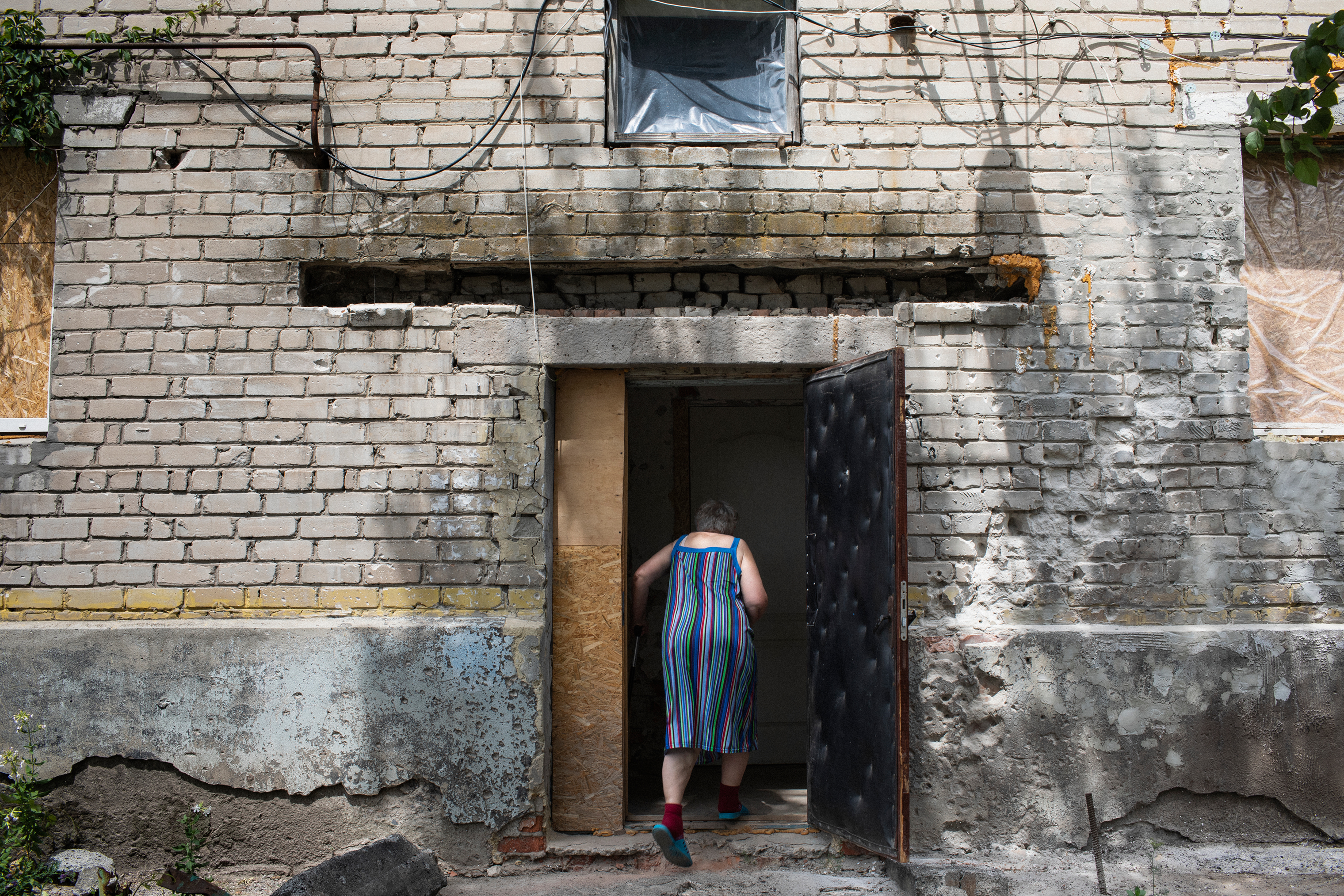
At a grocery store one day, the man in front of me holds a Kalashnikov rifle, a grenade launcher—and a packet of sausage. On a drive to a birthday party, I pass a convoy of tanks. Sometimes, I turn up the volume on the television so that the sounds of shelling outside don’t distract me from watching a movie. In these moments, I have to remind myself that this is not normal. But any war that grinds on creates its own routines.
When the conflict between a new Ukrainian government brought to power by the Maidan uprising and a Russian-backed separatist movement in the east of the country started in spring 2014, people living in the disputed territories believed it would take just a few weeks to restore order. Many of them packed suitcases and set off for summer vacations, expecting to find the situation resolved by the time they came back. Instead, that August, government troops were surrounded and defeated by an overwhelmingly stronger enemy; evidence suggested the involvement of Russian forces.
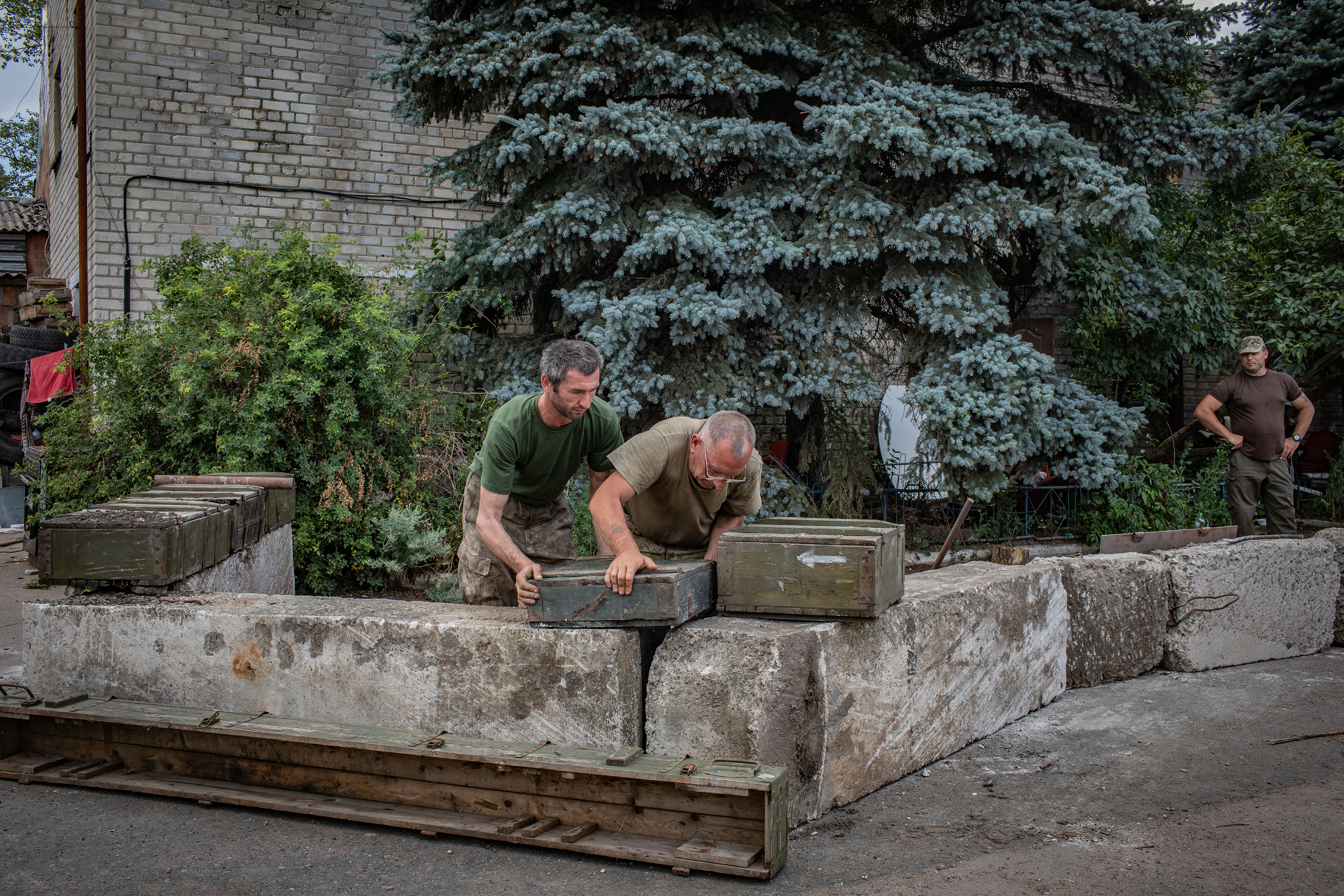
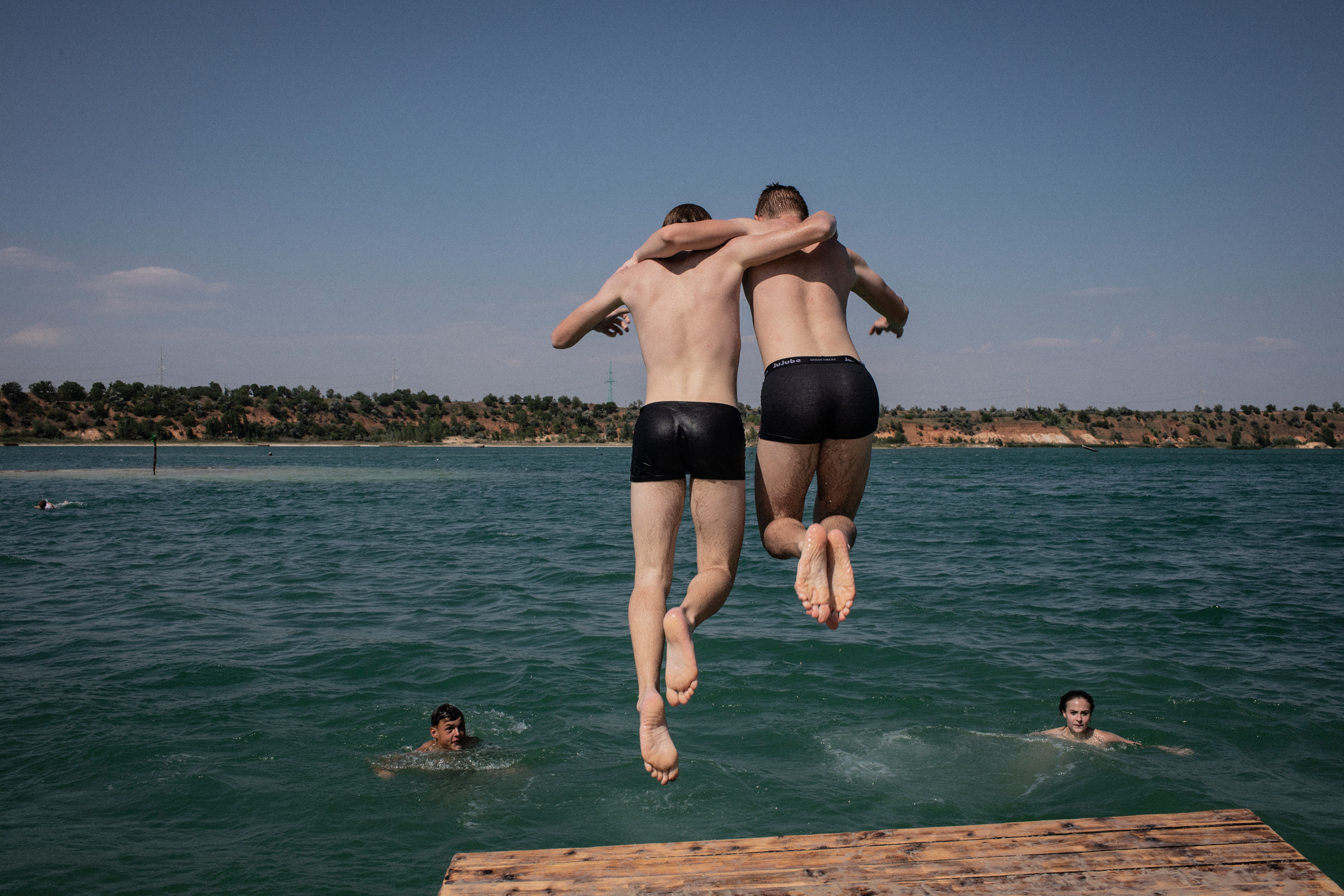
It soon became clear the conflict wasn’t going to be easy to resolve. With the help of international mediators, the two sides signed the First Minsk Agreement on Sept. 5, 2014, followed by the Second Minsk Agreement in February 2015. Both documents were aimed at immediately reducing violence—implementing ceasefires and creating a buffer zone—rather than a long-term peace strategy.
Four years on, the consequences of the Minsk Agreements are still unclear. The documents succeeded in keeping violence at relatively low levels. The U.N. estimates the death toll of the conflict to be around 10,000 so far—a figure lower than the number of road accident victims in Ukraine over the same period of time.
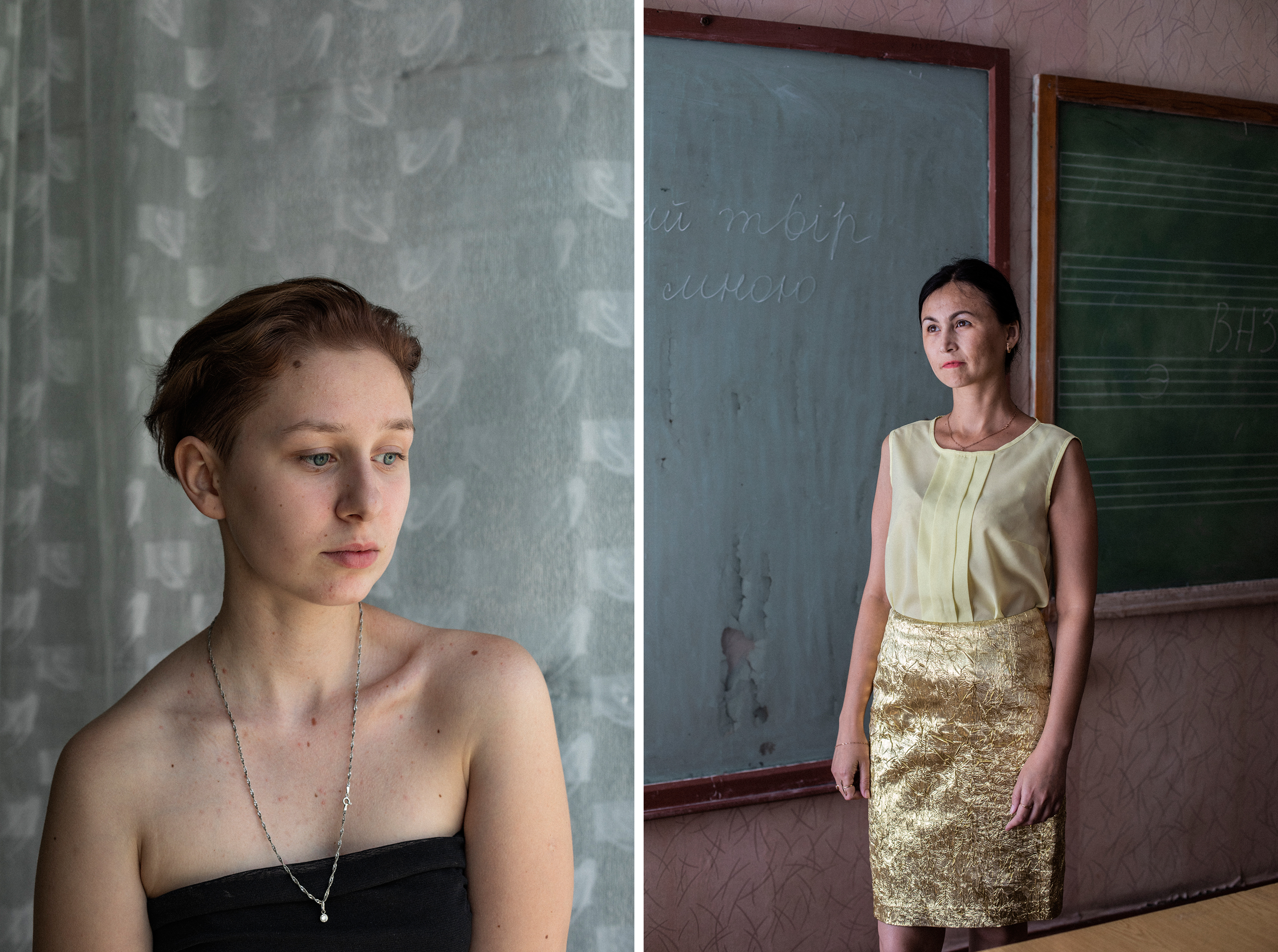
But graphic scenes from other faraway conflicts and humanitarian disasters make it easy to forget the ongoing war in Ukraine. With no bodies washed up on beaches, or infants poisoned by gas, the international community appears untroubled—and unmoved—by hostilities here. Some journalists who come to Ukraine in search of military action often leave disappointed, overlooking the experiences of civilians because the war is simply not dynamic or thrilling enough to follow. If I wasn’t one of those civilians, I might agree.
Since the conflict began, photojournalist Anastasia Taylor-Lind and I have been covering it as a team. This summer, we worked with eyeWitness to Atrocities, an app developed by the London-based International Bar Association that allows eyewitnesses to record evidence of alleged atrocities from anywhere in the world. Together, we documented the daily life of communities living along the frontline, often just a few kilometers away from the shelling, hoping to highlight the stories of pain and resilience.
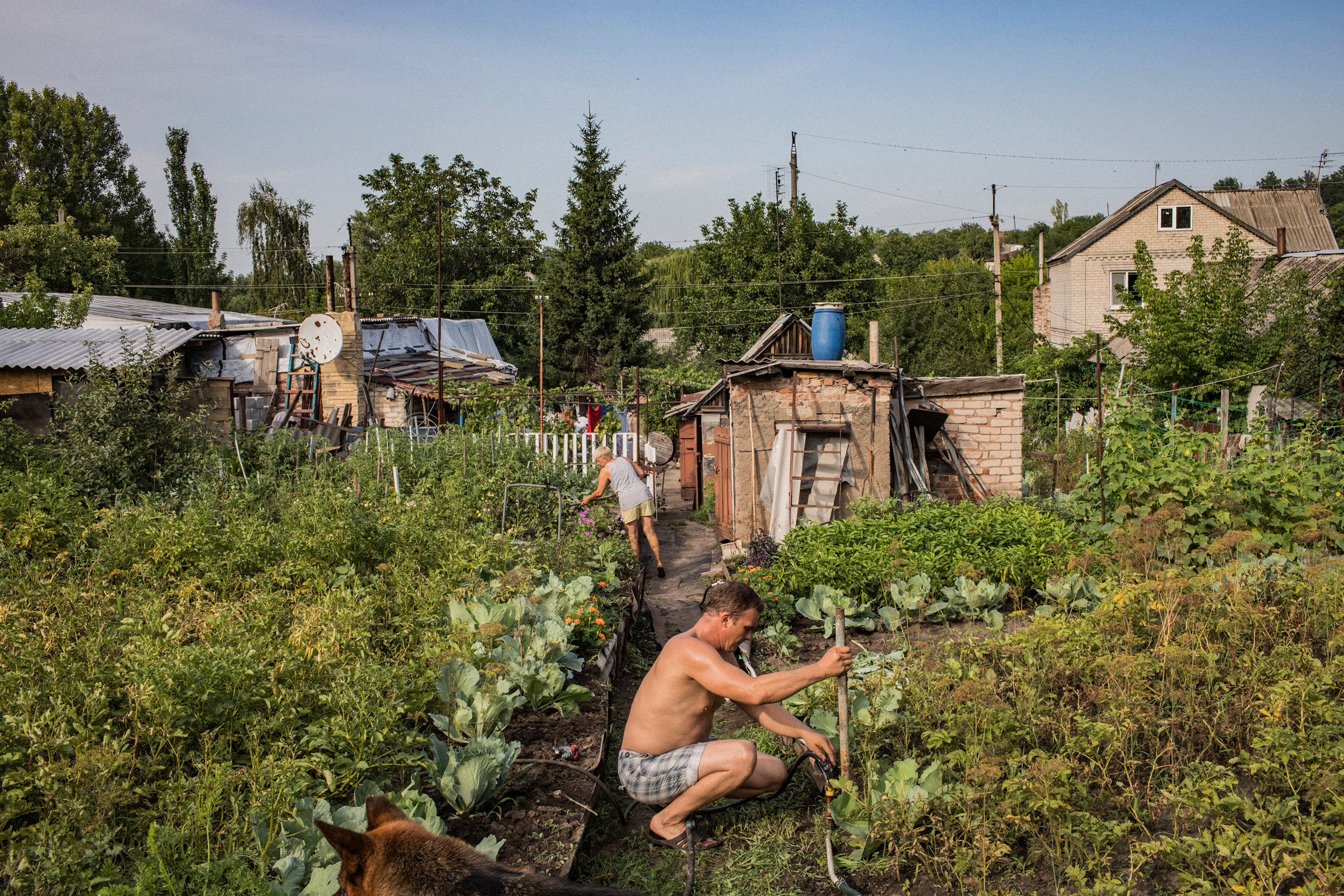
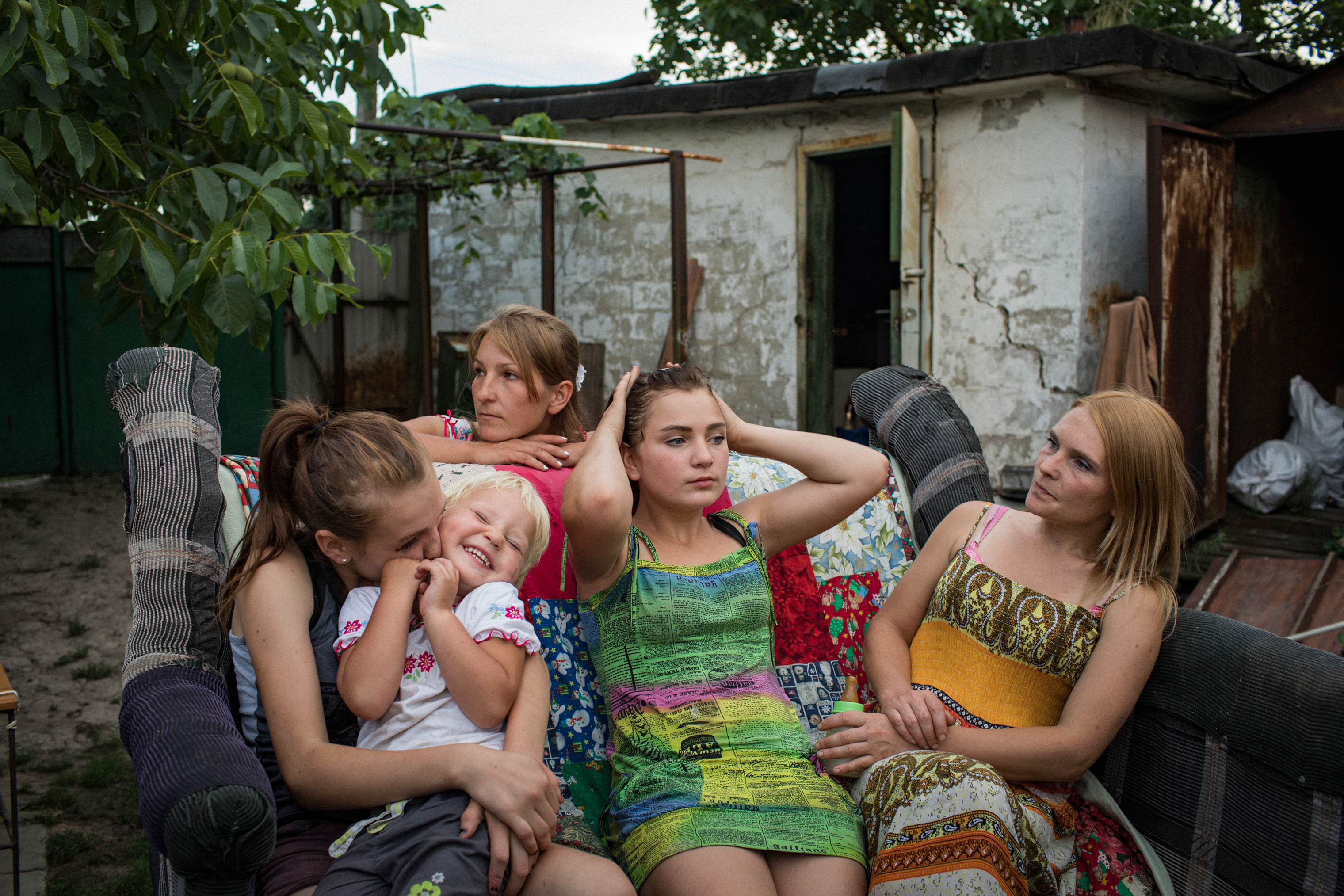
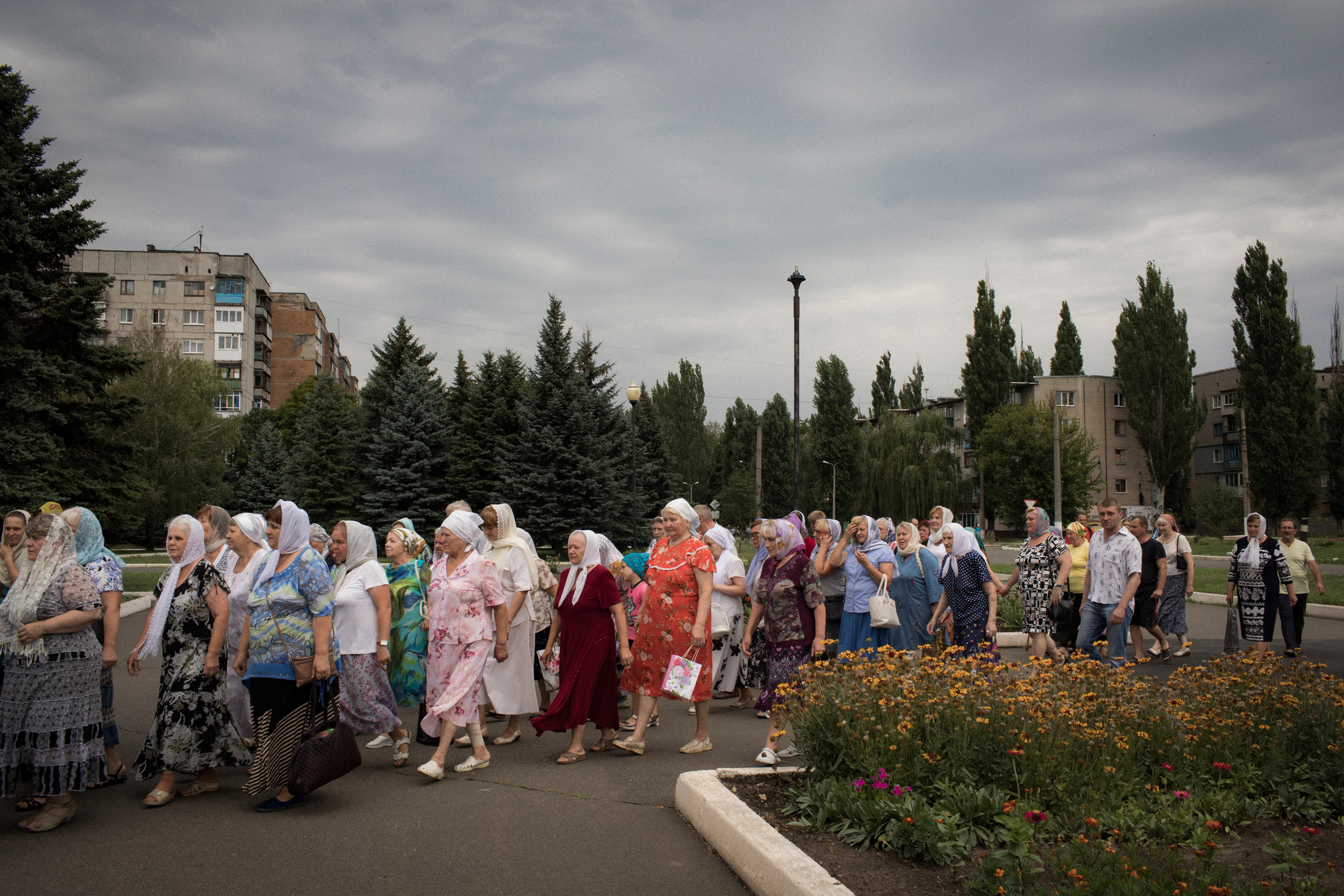
For some 6 million people in these communities, the war is a backdrop. Bullets fly here and shells land there, killing and wounding civilians at a rate now of a couple people per week. Many residents now live in buildings that have been bombed and temporarily repaired. Children are born and raised with the knowledge that it’s not safe to play 100 feet away from the house, because that’s often where the minefield begins. (According to the U.N., the region has become one of the most mined territories in the world—but it is still densely populated.) Everyone has a collection of shrapnel pieces, gathered from hits to their apartment or backyard—a kind of memento mori, reminding them that they have somehow survived another day, or month, or year.
Many of those who were packing suitcases four years ago have come back, choosing a tense life at home over the unfamiliar grind of the displaced. My neighborhood, next to the Donetsk Airport that became famous as the deadliest battlefield of this war, is on the frontline and uninhabitable. But still, I was prepared to take risks—of perhaps hitting a booby trap or being shot by a sniper—to check on my house and collect belongings that hadn’t been looted yet. I live abroad now but still return to visit my city, a privilege that people who flee other war zones can rarely afford.
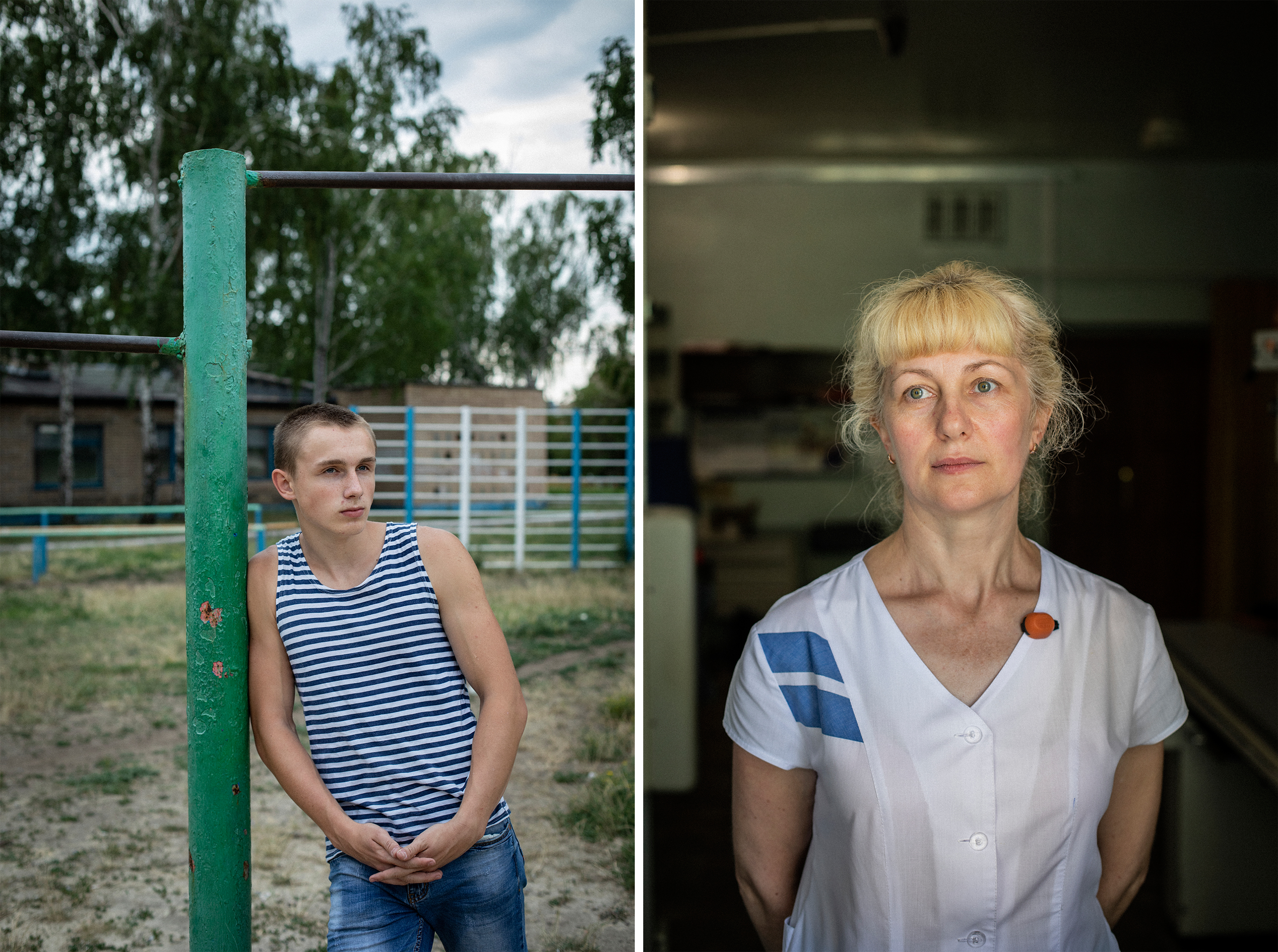
Locals suffer from other less obvious—but quietly devastating—consequences of the war. Because of massive disruption to infrastructure, people find themselves on the opposite side of the frontline from their families, property, workplaces and medical facilities. Traveling is complicated. Many places lack grocery stores, ATMs and post offices. People in non-government controlled territories face additional difficulties, because the government views everyone who continues to live in areas beyond its control as traitors and separatist accomplices. Their pensions are canceled, they cannot vote and obtaining Ukrainian papers is particularly tricky.
Elena Dyachkova and Aleksander Dokalenko, who live next to the military positions in Avdeevka, have given up hopes of rebuilding their home until the situation changes. Twice they repaired the house after shelling damage, and both times it was hit again. Like so many others here, they are waiting for a sign to start over once more. No one knows how long they will have to wait.
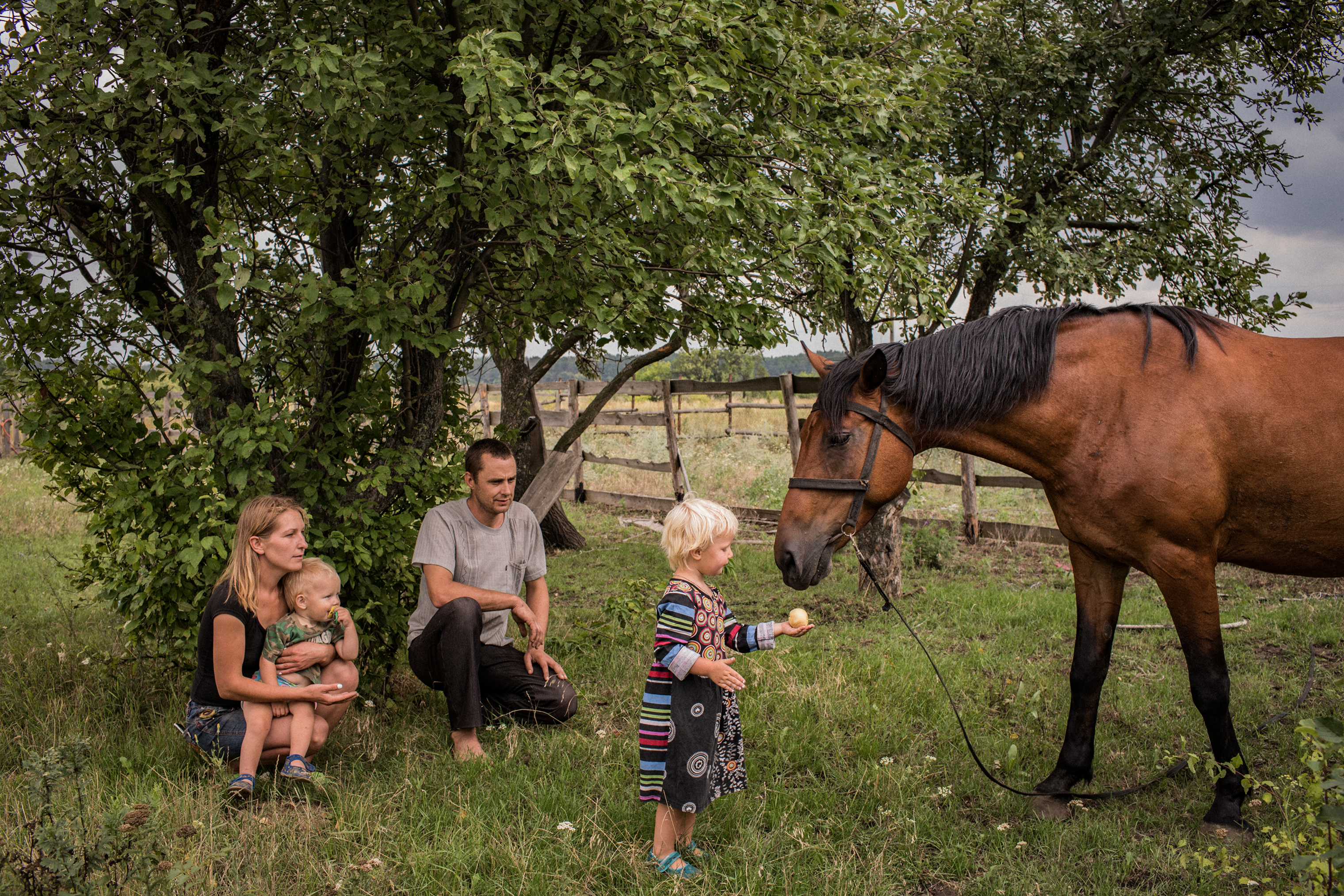
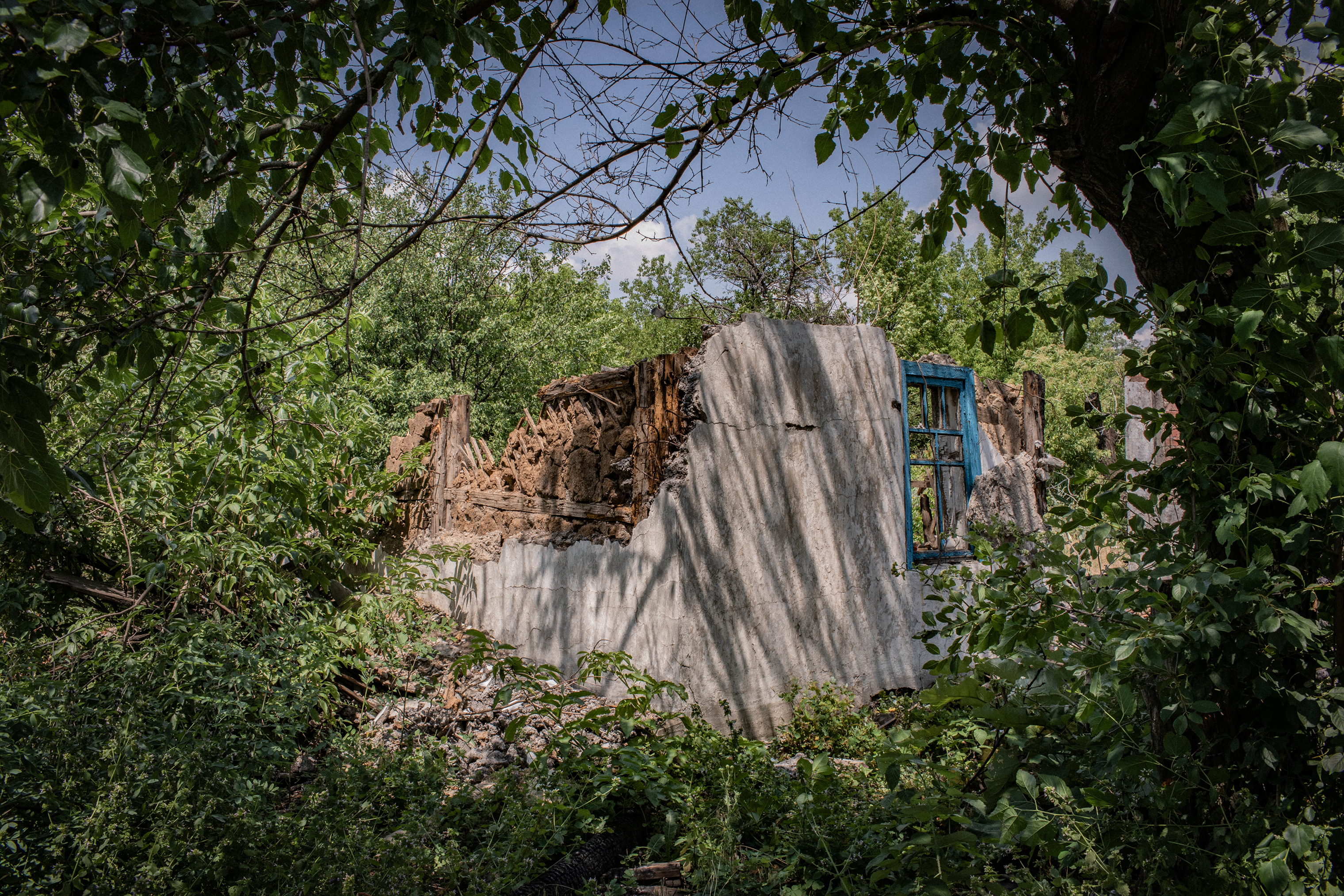
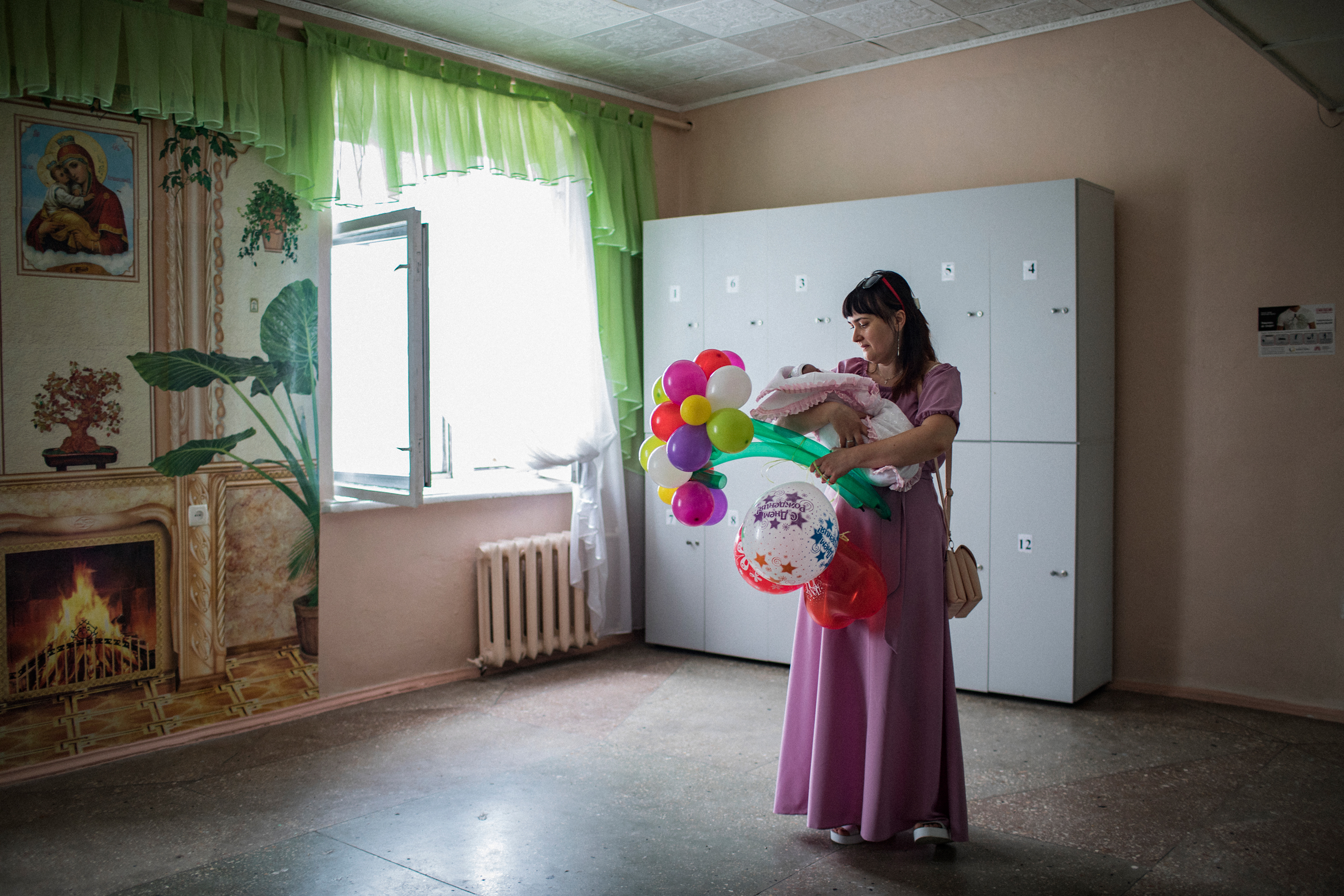
Sometimes the sluggish routine of this war is interrupted by an escalation of violence, like the assassination of a local rebel leader. The latest occurred on Aug. 31, when Alexander Zakharchenko was blown up at a café in downtown Donetsk. The blast made headlines around the world, but here it just meant the extension of a nightly curfew: everyone outside after 11 p.m. would be subject to arrest.
Those who remain along the frontline, and those who long to return, are desperate for change. But the only change is the seasonal cycle of ceasefires, violated to some degree by both sides. A ceasefire for the beginning of school year is currently in place, to be replaced by the winter holiday ceasefire, then the Easter ceasefire, and a harvesting ceasefire in summer. And so on. Here, the temporary is permanent.
Alisa Sopova is a freelance journalist based in Cambridge, Mass. Follow her on Facebook.
Anastasia Taylor-Lind is an English and Swedish photojournalist based in London. Follow her on Instagram @anastasiatl.
Andrew Katz, who edited this photo essay, is TIME’s Deputy Director of Multimedia. Follow him on Instagram @katzandrew.
- The 100 Most Influential People of 2024
- The Revolution of Yulia Navalnaya
- 6 Compliments That Land Every Time
- Stop Looking for Your Forever Home
- If You're Dating Right Now, You're Brave: Column
- The AI That Could Heal a Divided Internet
- Fallout Is a Brilliant Model for the Future of Video Game Adaptations
- Want Weekly Recs on What to Watch, Read, and More? Sign Up for Worth Your Time
